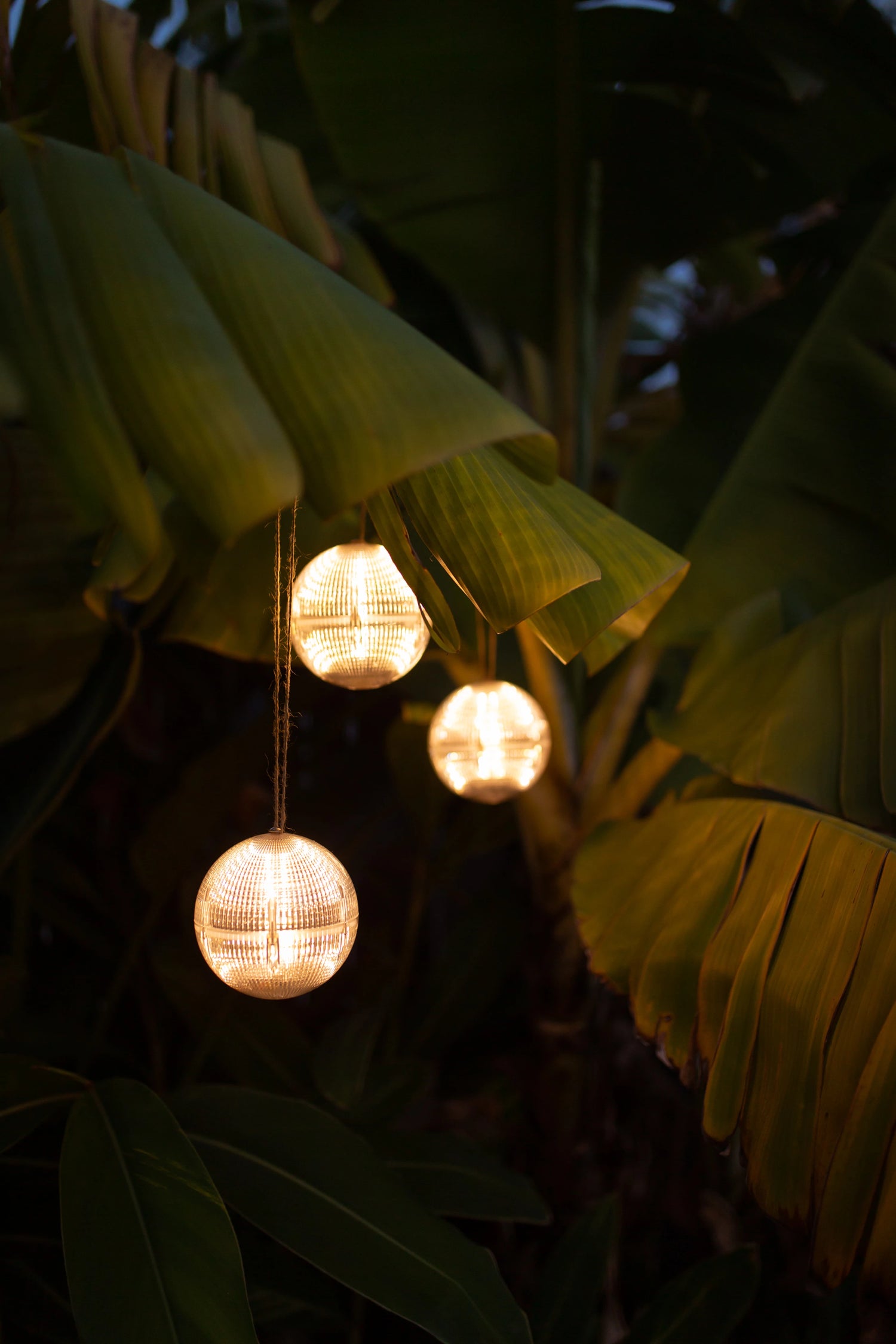Amber Philips from Southeast Virginia (Zone 8b) shares easy tips and tricks for cultivating a thriving garden with minimal effort at Karasu Moon Gardens! From small spaces to backyard bliss, she aims to make gardening a breeze for everyone. Follow her on YouTube at @KarasuMoonGardens for more gardening insights!
A gothic garden is more than just an outdoor space; it's an expression of a dark, romantic, and mysterious vibe that is often misunderstood. Like the garden itself, you might be judged for it, but those who appreciate its beauty know it’s a lifestyle, not a phase. Rich, dark plants like black, purple, reds, and deep greens are essential to creating that moody atmosphere. Though they can be hard to come by, there’s something rewarding in the hunt for these rare beauties. Each new plant you add is like another layer of mystery woven into the fabric of your garden’s story.
Building this kind of garden takes time and dedication, but it’s a journey well worth embarking on. There’s a phrase that captures the magic of a garden’s growth:
"The first year they sleep, the second year they creep, and the third year they leap."
This is a reminder not to rush; your haunting vision will come to life over time. Patience is key when working with plants that can take several seasons to reveal their full potential. In the end, the slow evolution of your garden will only deepen your connection to it.
Eerie Elegance: The Essentials for Your Gothic Garden
In my first year as a gothic gardener, I embraced the idea of flexibility by planting my garden in planters so it can move with me wherever I go. Having my garden in portable planters means I can take this piece of my gothic lifestyle with me no matter where I end up. Some standout plants include:
- Vino Coleus: Rich, deep burgundy foliage that adds an intense splash of color.
- Sweet Caroline Raven Sweet Potato Vines: Cascading effect with rich black foliage.
- Black Rubber Plant: Glossy, deep purple-black leaves bring an elegant and exotic feel.
- Purple Heart Tradescantia: Vibrant, dark purple leaves lend a mystical flair.
Together, these plants create a bold, dark aesthetic that sets the perfect tone for a gothic garden, even in small spaces.

To keep the gothic beauty going year-round, October is the perfect time to plant bulbs like Queen of the Night or Black Hero Tulips, Nightrider Asiatic Lilies, and the intoxicating smelling Black is Black Bearded Iris. These flowers, when paired with other dark varieties, create an almost ethereal contrast against the vibrant greens of early spring. Imagine the moment you step into your garden after a long, cold winter to find black tulips rising out of the earth like something from a fairytale; it's a sight to behold.
As the warmer months approach, consider adding:
- Black Beauty Gladiolus: Striking spires for summer drama.
- Black Elephant Ears: Architectural element with large, dark leaves.
- Black Dahlias: Velvety petals deepen the fall palette.
If you’re looking for winter beauty, the New York Night Helleborus, also known as the Christmas Rose, offers dark, rich blooms during the colder months when most other plants have retreated. These blooms, while subtle, are powerful in their ability to maintain the gothic aesthetic even in the harshest conditions. They stand as a reminder that beauty and mystery can thrive even in the darkest of times.
Year-round staples like Black Mondo Grass, Black Forest Cake or Black Pearl Heuchera, and Dark Side of the Moon Astilbe are perfect for adding consistent gothic charm to your garden. These plants maintain their deep, shadowy hues across the seasons, acting as the backdrop to the more ephemeral blooms that come and go. With these, your garden will always hold an air of mystery, no matter what time of year it is.
Grow Your Own Haunted Harvest
Why stop at flowers? A gothic garden can also be edible and delicious. Consider growing:
- Black Nebula Carrots
- Black Radishes
- Red-Veined Sorrel
- Purple Basil
- Pumpkin on a Stick: An interesting and odd eggplant variety that looks exactly how it sounds.
These dark, dramatic crops add a spooky yet fun touch to your garden, with the bonus of being able to eat what you grow. Imagine pulling black carrots from the soil or harvesting a handful of deep red shiso leaves for a fresh, vibrant salad with a twist. You can also experiment with other edible plants, such as black tomatoes like Indigo Rose or Black Beauty, which offer a striking look with their dark, almost ink-like skin.
Night time Nectar: Attract Pollinators After Dark
Another great way to enhance your gothic garden is by considering the creatures it attracts. Birds, butterflies, and even bats can add to the atmosphere of your space. Plant night-blooming flowers, such as moonflowers or evening primroses, to attract nocturnal pollinators like moths or bats.
Once I found out bats ate mosquitos, I added a bat house to my property. There’s something magical about a garden that comes to life in the evening, with fluttering wings and the scent of night-blooming flowers adding to the sense of mystery.
Sinister Style: DIYs for Your Goth Garden
If you love a good DIY moment, consider building coffin or pentagram-shaped garden beds. Coffin-shaped garden beds offer the perfect space to grow your dark beauties in a way that’s both practical and on-theme. They’re also a fantastic conversation piece. You could also make your own gothic garden markers using reclaimed wood or stone, painting them in dark tones with elegant, spooky lettering. DIY projects give you the chance to personalize your garden and make it a reflection of your dark, creative spirit.
I personally love supporting small artisans, so check out fall markets or specialty online retailers for one-of-a-kind decor you won't find in stores. Whether it’s a custom-made stained glass window reflecting eerie light patterns across your garden or a wrought-iron arbor designed by a local blacksmith, these pieces add character and uniqueness to your space. Halloween is the perfect time to pick up décor like bones, headstones, bats, and gargoyles to accent your garden’s eerie vibe.

Creating an Eerie Ambience
To add a bit of magic to the air, consider incorporating sound into your garden as well. Wind chimes can add a beautiful melody as the breeze passes through. Or, go a step further and install a small fountain or water feature; there’s something incredibly soothing about the sound of trickling water, especially when paired with the dark aesthetic of a gothic garden. Whether you're looking to create a space for quiet reflection or a dramatic statement, a gothic garden allows you to bring your unique, mysterious aesthetic to life.
In Conclusion
With patience, creativity, and a little touch of the macabre, your gothic garden will become a living masterpiece that grows with you. Your gothic garden is not just a reflection of who you are, but also a celebration of the beauty that thrives in the mysterious and the misunderstood. Whether it’s the haunting beauty of a black dahlia in bloom or the quiet joy of harvesting a handful of black radishes, every moment spent in your gothic garden will be a reminder that sometimes, the most beautiful things grow in the shadows.











